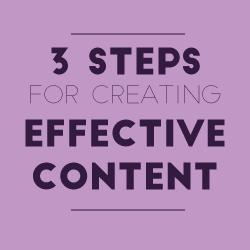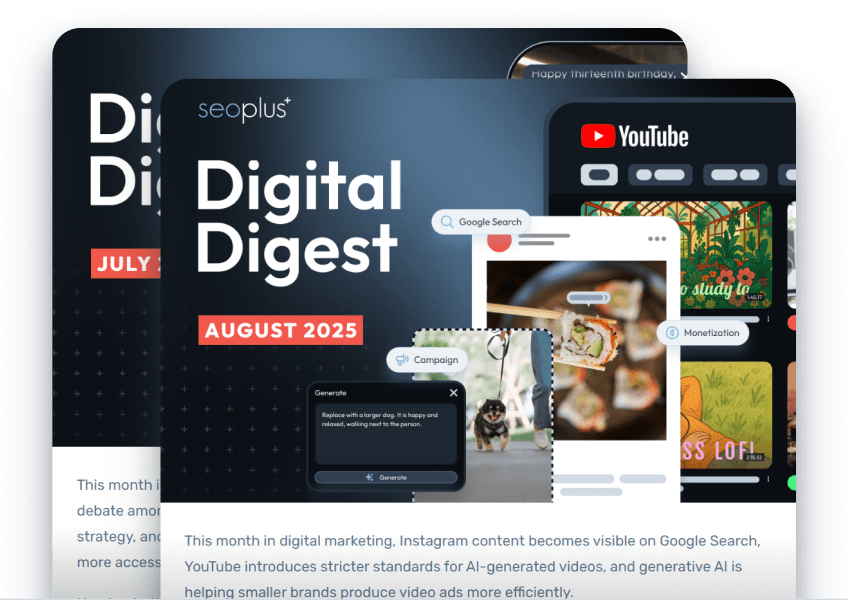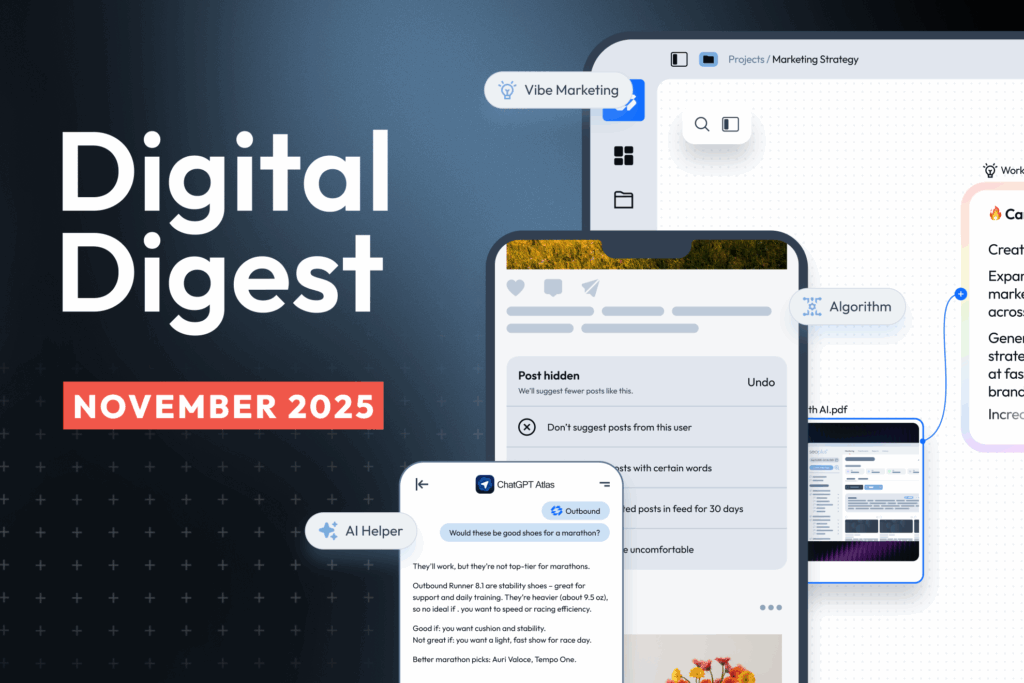These days, content isn’t just king. It is emperor and queen and president and duke and countess and assistant to the regional manager. Quality content is at the forefront of driving traffic, engaging users, and ranking your page.
We can repeat and repeat the importance of having high-quality, unique, and relevant content on your site until the cows come home. That doesn’t make it any easier to write, though. If writing quality content was easy, then article generators and content spinners wouldn’t exist. Plagiarized content would vanish into thin air. The rub, of course, is that quality content takes time and effort to produce.
So let’s say you agree, and you’re ready to get started. You’ve set aside the time to write, and you’re willing to put in the effort. You sit down with a warm cup of coffee, put on the perfect productivity-boosting playlist on Spotify, make sure your chair is at the exact right height…now what? You can sit there staring at your cursor blinking on a blank Word document or WordPress post, or you can follow these three easy steps for creating effective content:
Step 1: research and plan your topic
Remember in grade school when your English teacher made you brainstorm essay topics? Dust off the cobwebs, because this is still an effective way to plan out topic ideas.
There are many different starting points for choosing a topic, and each approach is valid. Is there a new product or service you’d like to introduce? Do you want to share insider tips about your field? Is there a recurring question that clients keep asking? Do you want to weigh in on a controversial topic in your industry?
If you’re still stumped, think of it from the opposite perspective. Instead of thinking about what you want to broadcast to your audience, think about what your audience is searching for. Take a quick look around Twitter, relevant forums, or even do a Google search to see what kind of topics revolve around a given keyword.
Once you’ve found your topic, next you have to figure out what angle you want to take and what major points you want to include. Sketch out your broad points and also include sub-topics that you want to touch on.
In addition to the topic, you also have to plan an approach: pros and cons, a list, a case study, a review, a debate…the list goes on. Of course, you can also choose to present your content via sliders, an infographic, a video, and other forms of multimedia. Try out different strategies until you find an approach that feels the most comfortable and best connects with your intended audience.
Step 2: time to write
Once you’ve figured out what you want to talk about and how you want to talk about it, all you have to do is fill in the details. Sounds easy, right?
Ok, so even though writing is the simplest step, it’s still going to take a lot of work. It is a rare talent to be able to spit out perfect copy; most writers are going to grind through the process and require numerous revisions before they feel comfortable publishing.
Some people create their best work under tight deadline, while others work best at a slow and steady pace. Some like to collaborate, others are lone artistes. Ultimately, you’ll have to settle into a rhythm and work pattern that suits you.
The length of the content will depend totally on the topic and your aim. Sometimes you just need a quick 200-word tip or news update. Other times, the topic calls for a 2000-word in-depth examination. Ideally, we recommend between 600 to 1000 words for your average blog post.
As a writer, I’m guilty of long paragraphs. Readers are less intimidated when you break up paragraphs every 2-3 lines…
…like that. See, not so hard. Though most of our blogs are text-only, you are encouraged to include bullet points, lists, and a few relevant images to break up the text, if it makes sense for the content. Link out to valuable and relevant resources.
Create a compelling headline. If you’re stumped, wait until after the article is written to see what you’re really trying to say. Otherwise, you can get backed into a corner with a cute but ultimately inaccurate headline.
Use sub-headers to divide the blog and give readers easy entry points if they don’t have the time to read the entire article. Remember to include your SEO keyword in the title, opening paragraph, and at least one sub-header.
Finally, spell check. Though your word processor of choice and CMS text editor will have built-in spell check, we’re particularly fond of the free spell check extension Grammarly (remember what we said about linking out?).
Once the content is written, leave it! Don’t you dare hit that publish button. Return to it with fresh eyes in 24 hours. You’re looking for grammatical errors and typos, but also areas where the logic or content can be improved.
Share it with a trusted colleague or mentor, and let them offer feedback. Share it with someone who has no familiarity with your product or service – does it make sense? Is it readable and interesting? If they feel completely lost, you may have to restructure the blog or include some explanatory terms for newcomers.
Though you should be thorough with your proofreading, editing, and revisions, at some point you have to be comfortable putting it out into the world. Give yourself a limit of two rounds of revisions, and then it’s time to publish.
Step 3: read all about it!
Now that the hard work of researching and writing is done, your job is to share your content with as many people as possible. Unless you’re lucky to have a huge and loyal following, you’re going to have to go to them.
Link to your blog post on Facebook, Twitter, Google+, Pinterest, LinkedIn, and any other relevant social media platforms. Mention it in an email blast. Consider using the boosted post or advertising features to expand your reach to a targeted audience. Make sure your blog page has social sharing buttons so readers can spread the word.
Sometimes it can be hard to be self-promotional, but don’t be shy. You know you put in good work and you know the information within the blog is interesting and unique, so stand by it. Encourage comments, shares, likes, +1s, retweets, and so on.
And there we have it. With just three easy steps, you can create quality content that proves to your current and potential clients (and Google!) that you are a knowledgeable and influential authority in your field.
Do you have any other tips about content marketing you’d like people to know about? Share your thoughts in the comments!






